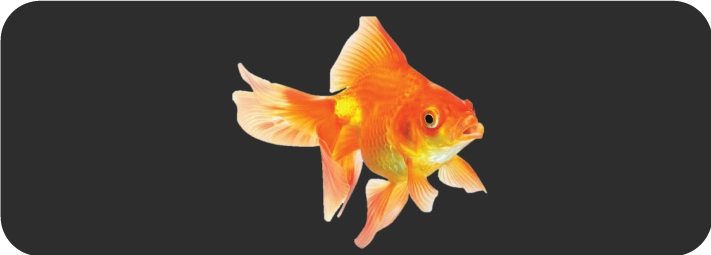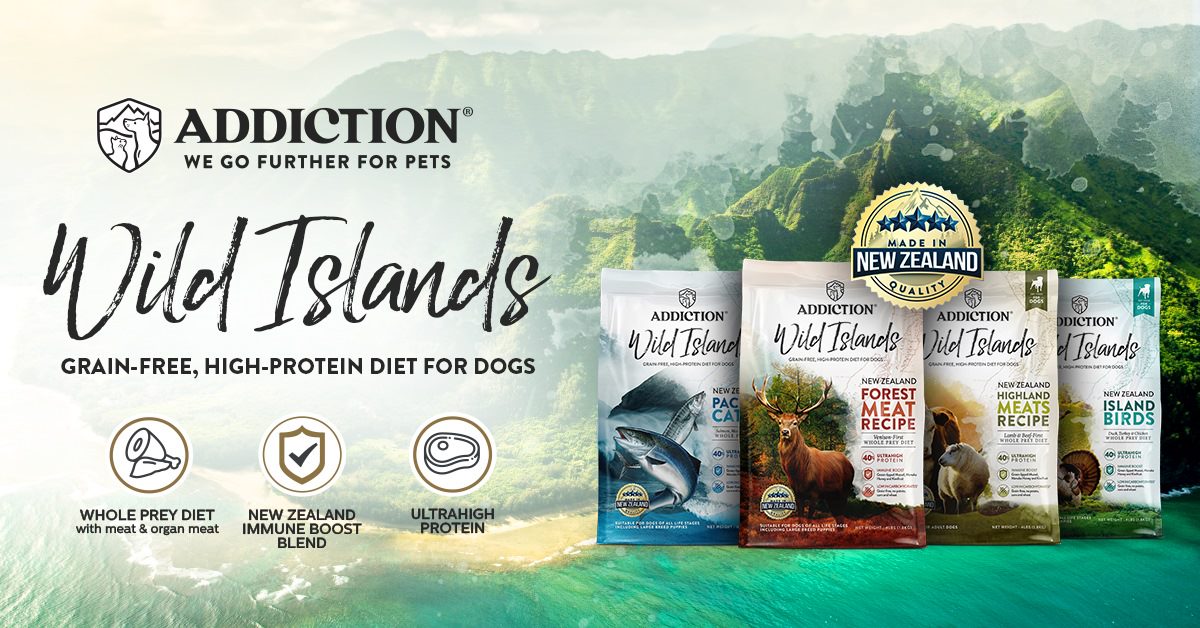How Much Should My Pet Weigh?

Oftentimes pet owners would ask their veterinarian:
- Is my pet overweight?
- Do I need to decrease his food intake?
- What’s her ideal weight?
- Is she too light for her age?
It’s difficult to give specific answers to questions like these because cats, especially dogs come in different shapes and sizes. Most pet owners are only focused on weight. In assessing the overall body condition of your pets, there are other factors to consider such as breed (Mini poodle vs Rottweiler), age (kitten vs senior cat), and medical conditions like dwarfism in dogs and cats.
There are two recognized body condition scoring (BCS) systems veterinarians use to determine the body condition of pets typically ranging from 1~5 (5-point scale) or 1~9 (9-point scale). The assessment can be done visually but in most cases, for long coat breeds, it is important to get your hands on.
Body Condition Score – Dogs

(1/9) Emaciated
Ribs, lumbar vertebrae, pelvic bones, and all body prominences are evident from a distance. No discernible body fat. Obvious loss of muscle mass.
(2/9) Very thin
Ribs, lumbar vertebrae, and pelvic bones are easily visible. No palpable body fat. Some evidence of other bony prominences. Minimal loss of muscle mass.
(3/9) Thin
Ribs are easily palpated and may be visible with no palpable fat. Tops of lumbar vertebrae are visible. Pelvic bones becoming prominent. Obvious waist and abdominal tuck.
(4/9) Ideal Weight
Ribs are easily palpable, with minimal fat covering. The waist is easily noted, viewed from above. Abdominal tuck evident.
(5/9) Ideal Weight
Ribs palpable without excess fat covering. Waist observed behind ribs when viewed from above. Abdomen tucked up when viewed from the side.
(6/9) Overweight
Ribs palpable with slight excess fat covering. The waist is discernible viewed from above but is not prominent. Abdominal tuck apparent.
(7/9) Heavy
Ribs palpable with difficulty; heavy fat cover. Noticeable fat deposits over the lumbar area and base of the tail. The waist is absent or barely visible. Abdominal tuck may be present.
(8/9) Obese
Ribs are not palpable under very heavy fat cover, or palpable only with significant pressure. Heavy fat deposits over the lumbar area and base of the tail. Waist absent. No abdominal tuck. Obvious abdominal distention may be present.
(9/9) Severely Obese
Massive fat deposits over the thorax, spine, and base of the tail. Waist and abdominal tuck absent. Fat deposits on the neck and limbs. Obvious abdominal distention.
A change in diet and addition of activities can help change you dog’s weight to a more ideal condition. Check out these dog food and dog toys products for more info on how to help attain a better BCS for your dog!
Body Condition Score – Cats
(1/9) Emaciated
Ribs are very easily seen on short-haired cats. No fat pads present. Severe abdominal tuck. Lumbar vertebrae and pelvic bones are easily seen and felt.
(2/9) Very thin
Ribs are easily seen on short-haired cats. Lumbar vertebrae are obvious. Pronounced abdominal tuck. No fat pads present.
(3/9) Thin
Ribs are easily felt with minimal fat covering. Lumbar vertebrae are obvious. Obvious waist behind ribs. Minimal abdominal fat pads.
(4/9) Underweight
Ribs felt with minimal fat covering. Noticeable waist behind ribs. Slight abdominal tuck. Minimal abdominal fat pads.
(5/9) Ideal Weight
Well-proportioned. Ribs felt with a slight fat covering. Waist seen behind ribs, but not pronounced. Abdominal fat pad minimal.
(6/9) Overweight
Ribs felt with slight excess fat covering. Waist and abdominal fat pad are present but not obvious. Abdominal tuck absent.
(7/9) Heavy
Ribs are not easily felt through moderate fat covering. Waist not easily seen. Slight rounding of the abdomen may be present. Moderate abdominal fat pad.
(8/9) Obese
Ribs are not felt due to excess fat covering. Waist absent. Obvious rounding of the abdomen with prominent abdominal fat pad. Fat deposits are present over the lower back area.
(9/9) Severely Obese
Ribs are not felt under a heavy fat cover. Heavy fat deposits over the lumbar area, face, and limbs. Distention of abdomen with no waist with abdominal fat deposits.
However, a body condition of 6/9 may be acceptable in some cat, especially older ones.
Check out these cat food and cat toys products for more info on how to help attain a better BCS for your cat!
Conclusion
Make it a habit of monitoring your pet’s BCS. It will tell a lot about your pet’s health. When your pet reaches the ideal BCS it’s time for you to provide food that maintains its body condition. When your pet’s BCS reaches 4~5/5 or 7~ 9/9 it’s time for you to reevaluate the food and the activities of your pet. A sudden drop in BCS might be a cause of a serious illness, which may indicate for you to visit your veterinarian.
If you have any concerns about your pets’ weight or nutritional needs, you can also pay a visit to Perrovets Vet Clinic for more information.
Sources:
- Body Condition Score – Dog. WSAVA Global Nutrition Committee. https://wsava.org/wp-content/uploads/2020/01/Body-Condition-Score-Dog.pdf
- Body Condition Score – Cat. WSAVA Global Nutrition Committee. https://wsava.org/wp-content/uploads/2020/08/Body-Condition-Score-cat-updated-August-2020.pdf








